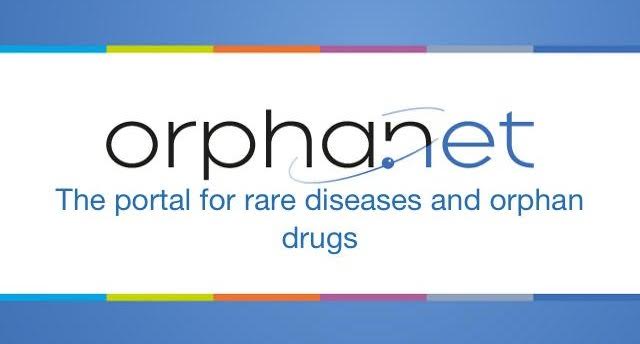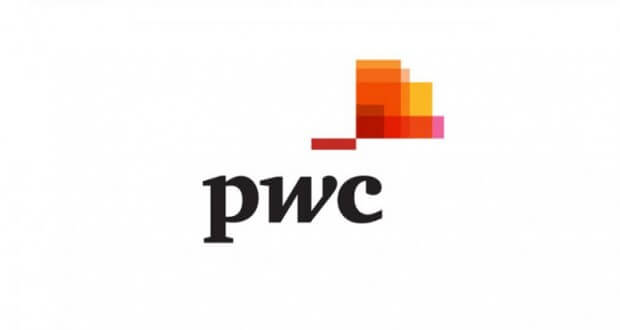Everyone wants to be “agile” these days. Here’s how successful companies put together the teams and the capabilities to actually make it happen at scale.
An international bank recently decided it wanted to see how customers would respond to a new email offer. They pulled together a mailing list, cleaned it up, iterated on copy and design, and checked with legal several times to get the needed approvals. Eight weeks later, they were ready to go.
In a world where people decide whether to abandon a web page after three seconds and Quicken Loans gives an answer to online mortgage applicants in less than ten minutes, eight weeks for an email test pushes a company to the boundaries of irrelevance. For many large incumbents, however, such a glacial pace is the norm.
We’ve all heard how digital technology allows marketers to engage in innovative new ways to meet customers’ needs far more effectively. But taking advantage of the new possibilities enabled by digital requires incumbents’ marketing organizations to become much nimbler and have a bias for action. In other words, they have to become agile.
We’ve all heard how digital technology allows marketers to engage in innovative new ways to meet customers’ needs far more effectively. But taking advantage of the new possibilities enabled by digital requires incumbents’ marketing organizations to become much nimbler and have a bias for action. In other words, they have to become agile.
Agile, in the marketing context, means using data and analytics to continuously source promising opportunities or solutions to problems in real time, deploying tests quickly, evaluating the results, and rapidly iterating. At scale, a high-functioning agile marketing organization can run hundreds of campaigns simultaneously and multiple new ideas every week. (For more on what agile is, see also “Want to become agile? Learn from your IT team.”)
The truth is, many marketing organizations think they’re working in an agile way because they’ve adopted some agility principles, such as test and learn or reliance on cross-functional teams. But when you look below the surface, you quickly find they’re only partly agile, and they therefore only reap partial benefits. For example, marketing often doesn’t have the support of the legal department, IT, or finance, so approvals, back-end dependencies, or spend allocations are slow. Or their agency and technology partners aren’t aligned on the need for speed and can’t move quickly enough. Simply put: if you’re not agile all the way, then you’re not agile.







